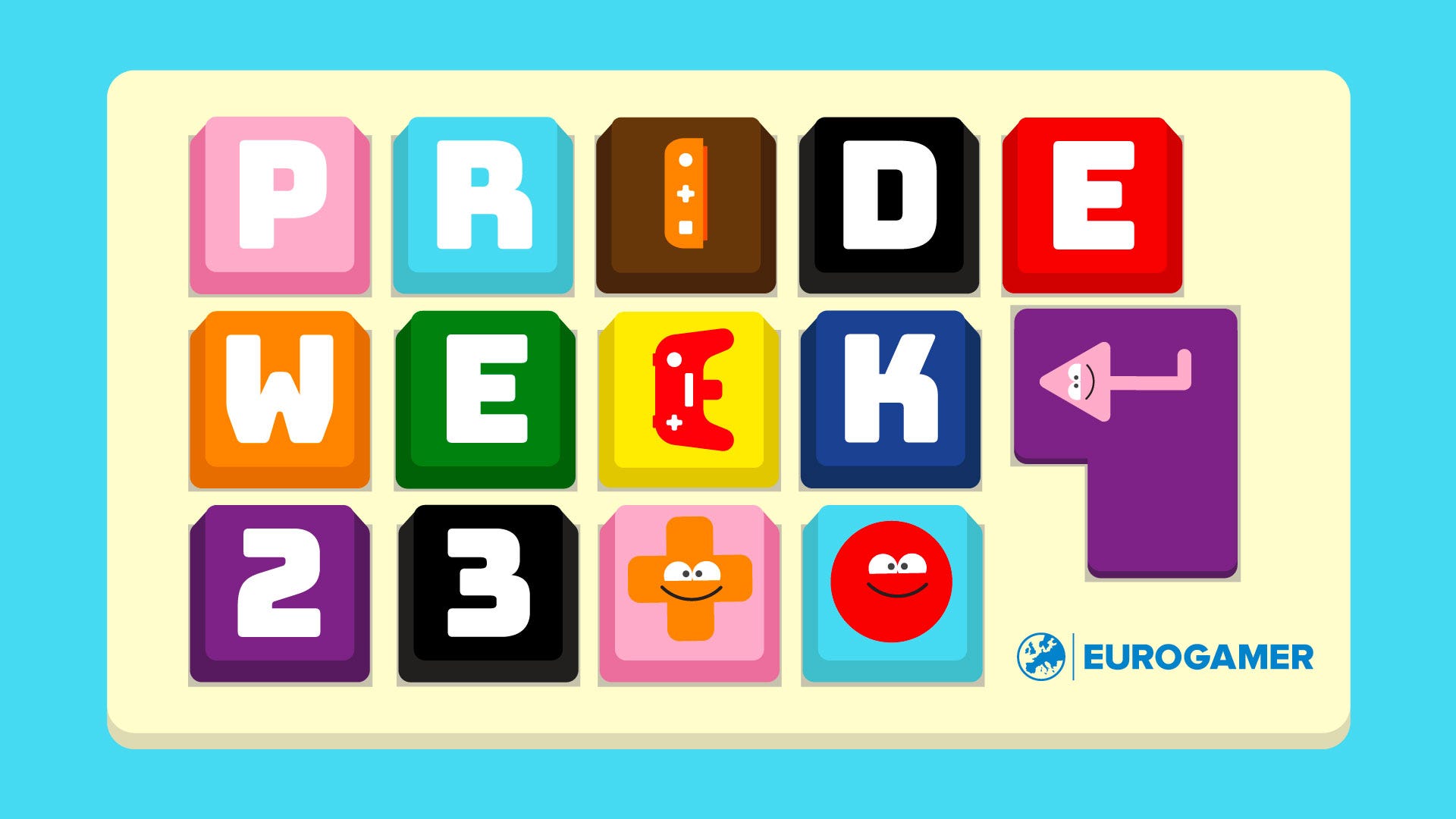How a new generation of drag artists is breaking limits and queering video games

Hello! Eurogamer is once again marking Pride with another week of features celebrating the intersection of queer culture and gaming in all its guises. Things get underway today as James Croft examines how a new generation of drag performers is combining its art and a deep love of video games to explore and reimagine what bolder, queerer gaming could be.
I was a gamer before I knew I was gay. I started gaming in 1989, at six years old, when my parents brought home an Amiga 500. A boxy, beige monstrosity with a chunky keyboard and a polygonal mouse, the Amiga, an early home computer, wasn't much of a looker. But, to me, it was a portal to other worlds. I spent hours as a child watching my father battle his way through the ThunderCats side-scrolling platformer – I can still hear the crunchy "swoosh" of Lion-O's sword and the rising chirp of his jump – and looking over my mother's shoulder as she stalked the corridors of Dungeon Master, hiding when I heard the shuffle of the mummies. And I spent hours trying to complete Barbarian, an early fighting game which saw two loin-clothed muscle-men roll and kick and hack each other to death.
I'd love to say Barbarian made me gay, that those tight thighs and pixel biceps sparked something queer in me – but my gay awakening came 20 years later. As a teen and young adult, I experienced gaming as a resolutely straight hobby: romance, if there was any, was always heteronormative; gender stereotypes were rigidly enforced; and there was no sex in games hardly ever. Gaming was not queer. Now, however, gaming has exploded from a niche hobby to a global obsession, and a new generation of fans is queering games in ways my younger self could never imagine, using drag as a medium to explore, examine, and expand gaming culture.
Nguồn: Eurogamer